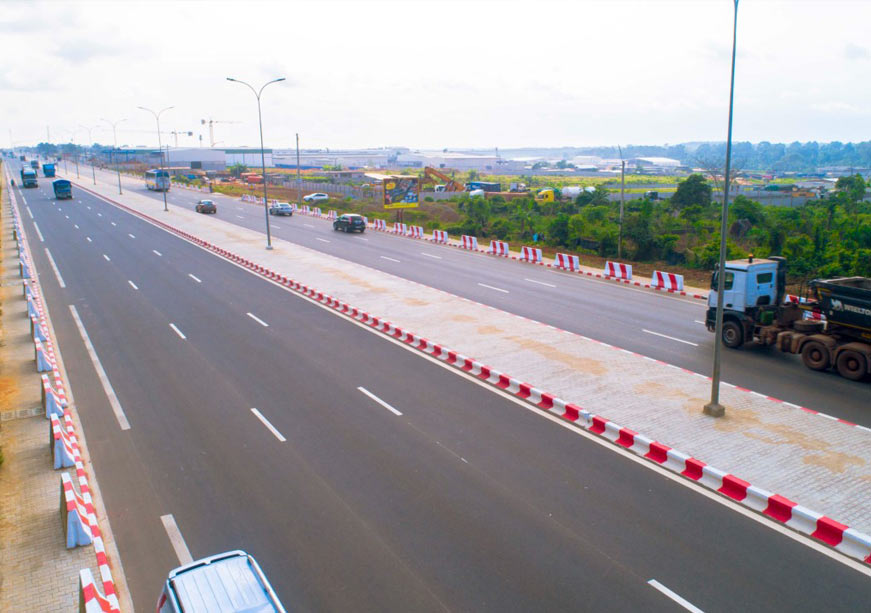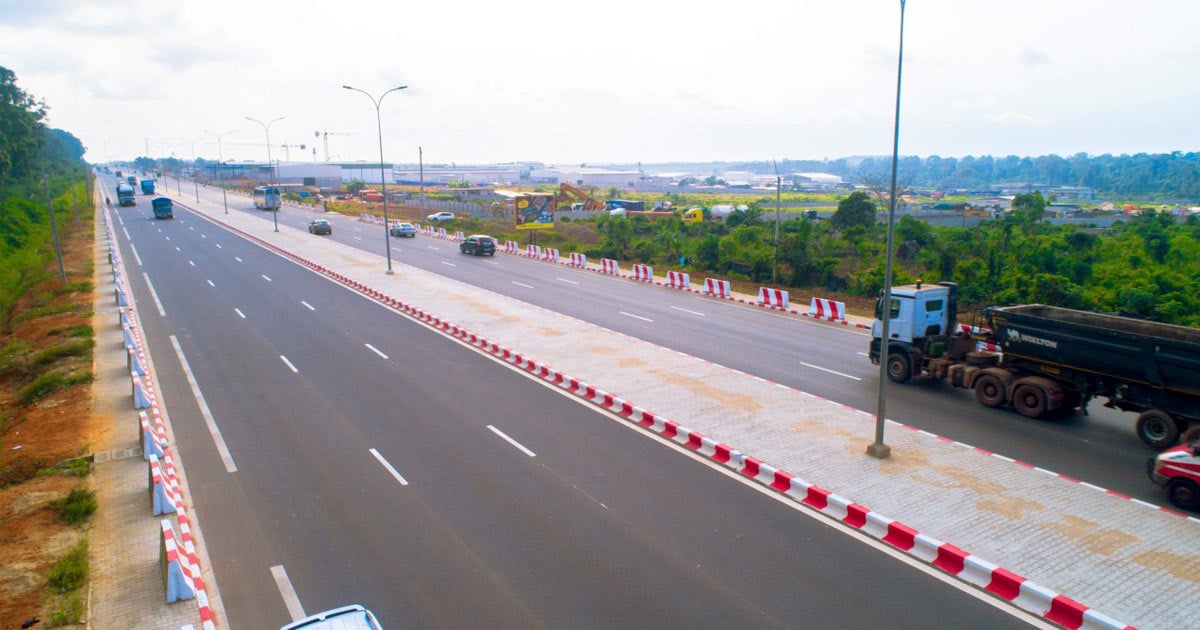
Image Source: Getty Images
In a rapidly rising digital era where India is making significant strides to become a digitally empowered society and a knowledge-based economy, its North Eastern Region (NER) presents a sobering paradox. While the ‘Digital India’ rhetoric resonates across most of the country, the eight states of this strategically vital region are grappling with a digital divide that threatens to create a new form of underdevelopment—digital isolation. Despite numerous policies, plans, and programmes, a combination of formidable terrain, geographical isolation, and systemic challenges has left the region struggling to keep pace. Hence, it is necessary to understand the current state of digital connectivity in the North East, the efficacy of ongoing initiatives, and offer policy recommendations for the region’s inclusion in the nation’s digital transformation.
The Chasm of Connectivity: Mapping the Digital Divide
The digital divide in the North East is not merely a matter of slow internet; it is a chasm that spans access, availability, affordability, and quality. The rugged, hilly terrain and frequent natural disasters create significant hurdles for laying down physical infrastructure. The result is a stark reality where a substantial number of villages remain entirely cut off from the mobile network; for instance, nearly 49.24 percent of villages in Arunachal Pradesh and 65.94 percent in Sikkim lack mobile connectivity. This infrastructural gap is a primary reason why most North Eastern states lag behind the national average in internet subscribers per 100 population.
The digital divide in the North East is not merely a matter of slow internet; it is a chasm that spans access, availability, affordability, and quality.
Beyond the issue of basic access lies the critical problem of service quality. Even where connectivity exists, its reliability and speed are below national standards. Independent drive test reports by the Telecom Regulatory Authority of India (TRAI) in states such as Assam and Meghalaya paint a challenging picture. For example, Bharat Sanchar Nigam Limited (BSNL)’s 2G network in parts of Meghalaya recorded a Drop Call Rate of 8.75 percent and its 3G network a rate of 10.60 percent, both exceeding the 2 percent quality of service (QoS) benchmark. Similarly, in parts of Assam, the state-run operator’s 2G network recorded a Call Setup Success Rate of only 76.02 percent, below the 98 percent benchmark. Data services, the bedrock of a digital economy, present an equally unsatisfactory picture. BSNL’s 3 G network in Meghalaya has recorded a dismal average download speed of just 0.315 Mbps. More than just an inconvenience, it is a fundamental barrier to accessing e-governance, online education, telemedicine, and digital commerce, effectively disenfranchising a large segment of the population. The lack of a robust, real-time data collection mechanism for quality of service across the region further exacerbates the problem, leaving policymakers without the big data points needed for precise gap mapping and targeted interventions.
Government Initiatives: Gaps and the Audit Imperative
The Central Government has not been oblivious to these challenges. Initiatives such as ‘Digital North East Vision 2022’ and the ambitious BharatNet project have been launched with the stated aim of bridging this divide. The ‘Digital North East’ initiative focuses on customising and deploying digital solutions to empower citizens in sectors including agriculture, education for the differently-abled, and traditional crafts. More recently, the ‘Samriddh Gram’ initiative, with its pilot of ‘Integrated Phygital Services’, envisions leveraging the BharatNet backbone to create a vibrant digital village ecosystem. These are visions that hold immense potential for the country as well as the NER.
Without rigorous, independent, and transparent evaluations of what has been delivered versus what was promised, these well-intentioned schemes risk becoming big pronouncements, investing public funds into a digital canyon.
However, implementation on the ground has been fraught with delays and inefficiencies. The progress of BharatNet in the region has been slow, as highlighted by the logistical challenges in its implementation across the Northeastern states. The nation’s vision of a ‘Samriddh Village’—a digitally empowered village with high-speed internet enabling a plethora of services—will prove difficult to realise in the region when the foundational infrastructure itself is incomplete and unreliable. This raises a crucial question: how have these digital connectivity plans and programmes been assessed, evaluated, and audited? There is a pressing need for more professionalism, priority, and sincerity in auditing these projects. Without rigorous, independent, and transparent evaluations of what has been delivered versus what was promised, these well-intentioned schemes risk becoming big pronouncements, investing public funds into a digital canyon without much to gain in terms of tangible, quality outcomes for the end-user in every Panchayat/village in the distant region.
From Connectivity to Meaningful Connectivity
The discourse on the digital divide must also evolve from a narrow focus on simply ‘connecting’ the region to ensuring ‘meaningful connectivity’. This concept encapsulates the quality of the connection, including adequate speed, sufficient data, and a suitable device. According to January 2023 records, urban centres in every North Eastern state, except Assam (22.55 Mbps), recorded median wireless download speeds below the recommended 20 Mbps needed to avoid issues such as buffering.
The discourse on the digital divide must also evolve from a narrow focus on simply ‘connecting’ the region to ensuring ‘meaningful connectivity’.
Additionally, affordability continues to be a major obstacle. According to the United Nations (UN) Broadband Commission’s definition, the internet is affordable if entry-level data plans cost less than 2 percent of the average monthly income. By this standard, the average user in Assam, Manipur, Meghalaya, and Tripura spends more than this threshold to access basic plans. The gender divide compounds this issue; in Assam and Meghalaya, less than 40 percent of women have ever used the internet. Another critical dimension is the lack of relevant local content. The North East is the most linguistically diverse region in India, with 63 non-scheduled languages having a sizeable population of speakers. This incredible diversity poses a challenge for creating a digital ecosystem with content that is relevant and accessible to all, a crucial component of digital inclusion.
Building a Future-Ready North East: AI, DPI, and Skilling
Conversations on digital development in the NER need to encompass the next frontier of digital transformation: Artificial Intelligence (AI), Digital Public Infrastructure (DPI), and skills transformation; in all these, the foundational connectivity backbone holds the key. The future of work will be heavily influenced by AI and automation, making digital literacy and advanced skills imperative. However, the region cannot build a robust AI ecosystem on a weaker internet foundation. The capability gaps are evident in education, where in Assam, only 16.27 percent of schools have functional computers and just 11.71 percent have an internet facility, significantly lower than in states such as Gujarat, where the figures are 97.8 percent and 92 percent, respectively.
Initiatives such as the Ministry of Electronics and Information Technology’s (MeitY) capacity-building programmes are a step in the right direction. However, this needs to be scaled massively. A robust DPI, which includes digital identity and payments, is the backbone of a modern digital state. However, digital payment transaction failure rates in the region are 1.5 to 2 times the national average due to higher network downtime and 50 percent slower internet speeds. This instability undermines trust and hinders the adoption of digital services. To prepare for a future driven by emerging technologies, the immediate and overriding priority must be to build a resilient, high-quality, and dependable network infrastructure in each State of the diverse, landlocked region.
A Call for an Audited Action
The digital gap between the NER and the rest of India is not just a statistic; it can represent a ‘monumental loss’ of human potential. It means generations are and shall be left out of the gains of the digital society and economy. To avert this future of digital underdevelopment, a paradigm shift is required. The rush to connect must be equally guided by a commitment to connect well. This demands a multi-stakeholder approach that goes beyond policy announcements and Internet Service Provider (ISP) deployments. It requires time-bound execution, professional auditing of projects, real-time monitoring of service quality, and a focus on building a future-ready ecosystem that paves the way for very relevant skill development, opportunities, and the promotion of local content to drive local digital societies and economies. Addressing the digital divide will be a challenging but urgent journey that requires strong commitment. This effort is essential to fully realise the vibrant potential of the NER, also known as the “Gateway to Southeast Asia,” in the digital age.
Syed Sultan Kazi is Director at the Council for Social and Digital Development (CSDD) and a leading ICTD professional focusing on India’s North East.
The views expressed above belong to the author(s). ORF research and analyses now available on Telegram! Click here to access our curated content — blogs, longforms and interviews.

